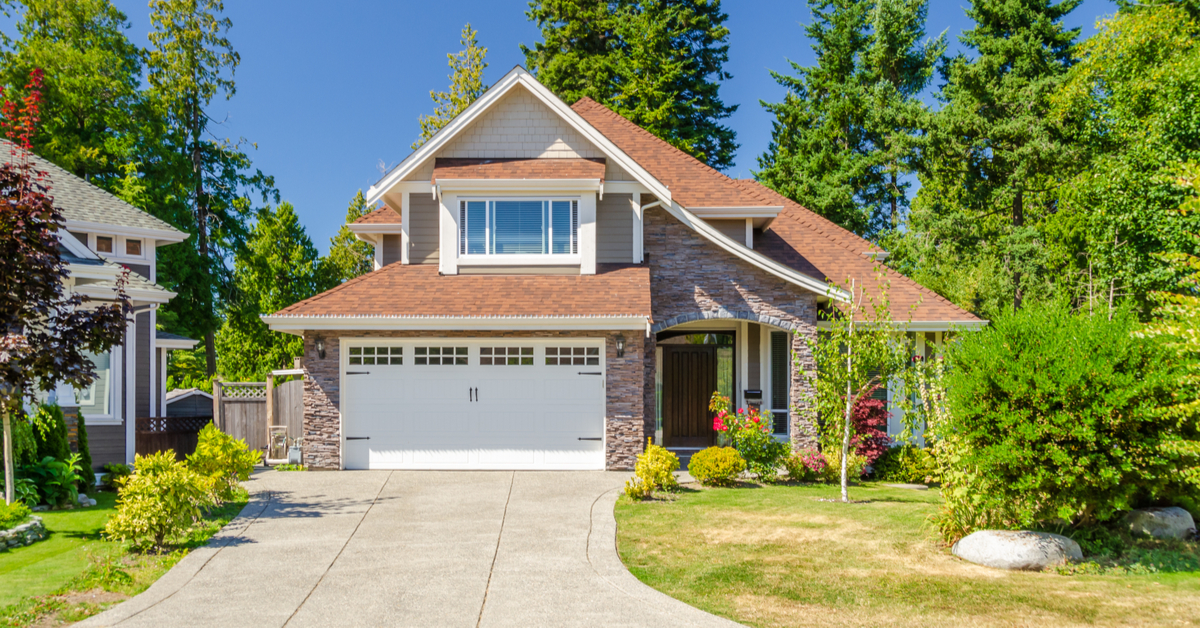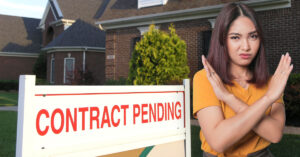U.S. existing home sales posted a modest increase in May, growing 0.2% month over month to a seasonally adjusted annual pace of 4.3 million units, according to the National Association of Realtors (NAR).
Sales continue to lag on a year-over-year basis, falling 20.4% from May 2022. May’s monthly gain was driven by condominium and co-op sales, which increased 4.7% from April to a seasonally adjusted annual rate of 450,000. Single-family home sales slid 0.3% month over month, hitting a pace of 3.85 million units. May marked the third consecutive month of single-family sales declines.
Home sales have settled into a pace somewhere between 4.0 and 4.5 million units, where they’ve hovered since November of last year.
“Mortgage rates heavily influence the direction of home sales,” said Lawrence Yun, chief economist at the NAR. “Relatively steady rates have led to several consecutive months of consistent home sales.”
Lack of resale inventory continues to hold down existing home sales, as pent-up demand remains bottlenecked by the extreme dearth of listings. Total housing inventory saw a small short-term bump, ending May at 1.08 million units. That’s up 3.8% from April but remains down 6.1% yearly. Unsold inventory also edged higher, sitting at a supply of 3.0 months at the current sales pace, up from 2.9 months in April.
“Newly constructed homes are selling at a pace reminiscent of pre-pandemic times because of abundant inventory in that sector,” Yun said. “However, existing-home sales activity is down sizably due to the current supply being roughly half the level of 2019.”
Competition for the scant number of homes for sale continues to drive up prices. The median price for all types of existing homes was $396,100 in May, a 3.1% yearly decrease but a jump of 2.6% from April. The median price for existing homes has now risen for five straight months after falling to a recent low of $361,200 in January. The homes that are selling are also staying on the market for a shorter amount of time: Properties spent an average of 18 days on the market in May, down from 22 days in April. Seventy-four percent of properties sold in May stayed on the market for less than a month.
Kenny Parcell, president of the NAR, suggested that encouraging investors to part with single-family homes could nudge supply upward and satisfy demand. Federal lawmakers recently introduced a bill that would restrict tax breaks to corporate investors who own 50 or more homes.
“A temporary capital-gains tax reduction on a sale of investment property can lead to a boost in housing inventory, home sales and the economy,” Parcell said. “Policymakers need to seriously consider the measure.”





